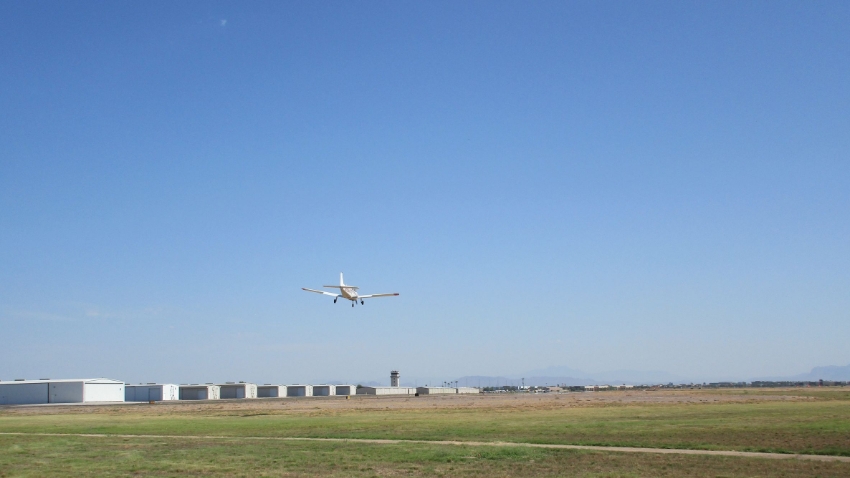
Tips from the Aircraft Owners & Pilots Association to help pilots reduce noise over residential areas.
Top Tip
- Familiarize yourself and comply with airport noise abatement procedures.
What to Avoid
- Flying between 11 p.m. and 7 a.m.
- Noise-sensitive areas; make every effort to fly at or above 2,000 feet over such areas when overflight cannot be avoided.
- Flying low-level, high-power approaches, which not only create high noise impacts but also limit options in the event of engine failure.
- Performing stalls, spins, and other practice maneuvers over inhabited terrain.
Best Practices by Flight Phase
Takeoff & Climb
- Retract the landing gear either as soon as landing straight ahead on the runway can no longer be accomplished or as soon as the aircraft achieves a positive rate of climb. If practical, maintain best-angle-of-climb airspeed until reaching 50 feet or an altitude that provides clearance from terrain or obstacle. Then accelerate to best-rate-of-climb airspeed. If consistent with safety, make the first power reduction at 500 feet.
- On takeoff, gain altitude as quickly as possible without compromising safety. Begin takeoffs at the start of a runway, not at an intersection.
Cruise & Overflight
- Consider using a reduced power setting if flight must be low because of cloud cover or overlying controlled airspace or when approaching the airport of destination. Propellers generate more noise than engines; flying with the lowest practical RPM setting will reduce aircraft noise substantially.
Descent & Landing
- Use Precision Path Approach Path Indicator (PAPI). This will indicate a safe glide path and a low, smooth, quiet descent to the runway.
- Fly a tight landing pattern to keep noise as close to the airport as possible. Practice descent to the runway at low power settings and with as few power changes as possible.
- If possible, do not adjust the propeller control for flat pitch on the downwind leg; instead, wait until short final. This practice not only provides a quieter approach but also reduces stress on the engine and the propeller governor.
Note: These are general recommendations; some may not be advisable for every aircraft in every situation. No noise reduction procedure should be allowed to compromise flight safety.



